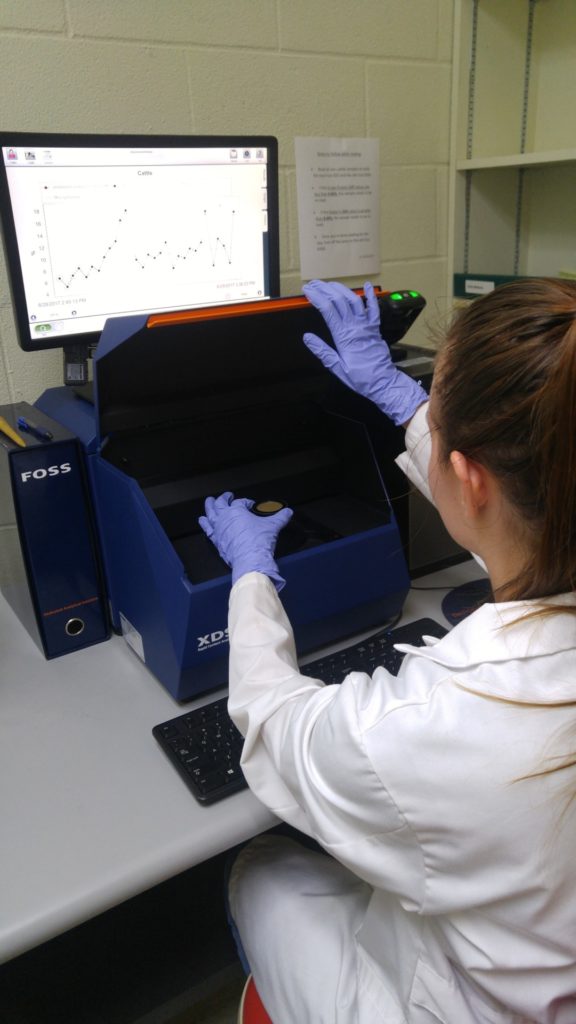To better utilize technology and cross-discipline expertise in servicing the needs of ranchers across Texas, the Grazingland Animal Nutrition, GAN, Laboratory is relocating from Temple to the main campus of Texas A&M University in Bryan-College Station.

Doug Tolleson, Ph.D., Texas A&M AgriLife Research range management specialist currently in Sonora, will serve as laboratory director. Tolleson has extensive experience with the laboratory, having previously directed the laboratory under the late Jerry Stuth, Ph.D.
“This move will allow us to provide improved educational and training opportunities for students, provide greater lab services, and collaborate with many on-campus animal research facilities based here on the College Station campus,” Tolleson said. “We are also updating and revamping calibrations of the important tools used to conduct nutritional evaluations the GAN lab is known for globally.”
Sample instructions
Tolleson said there are some important dates for customers to keep in mind:
- The last date to send samples to the current address at the Texas A&M AgriLife Research and Extension Center in Temple is Aug. 15. After that date, there is no guarantee that samples sent by mail or via private package delivery service can be received and processed.
- On Sept. 6, customers can resume sending samples to the lab address: Building 1052, 763 Agronomy Road, College Station, Texas 77843.
- All correspondence should be directed to the following: 495 Horticulture Road, Room 326, 2138 TAMU, College Station, Texas 77843.
“All in all, we are excited for the future of the GAN lab, and we look forward to it serving as a producer-driven laboratory ready to meet the needs of ranchers across the state,” Tolleson said.
Established in 1987, the Grazingland Animal Nutrition Laboratory offers diagnostic diet analyses and nutritional decision-support information for use in the monitoring of grazing animals. GAN lab services are available for livestock producers and land managers to support strategic livestock nutrition management and provide a basis for sustainable grazing practices.
-30-
